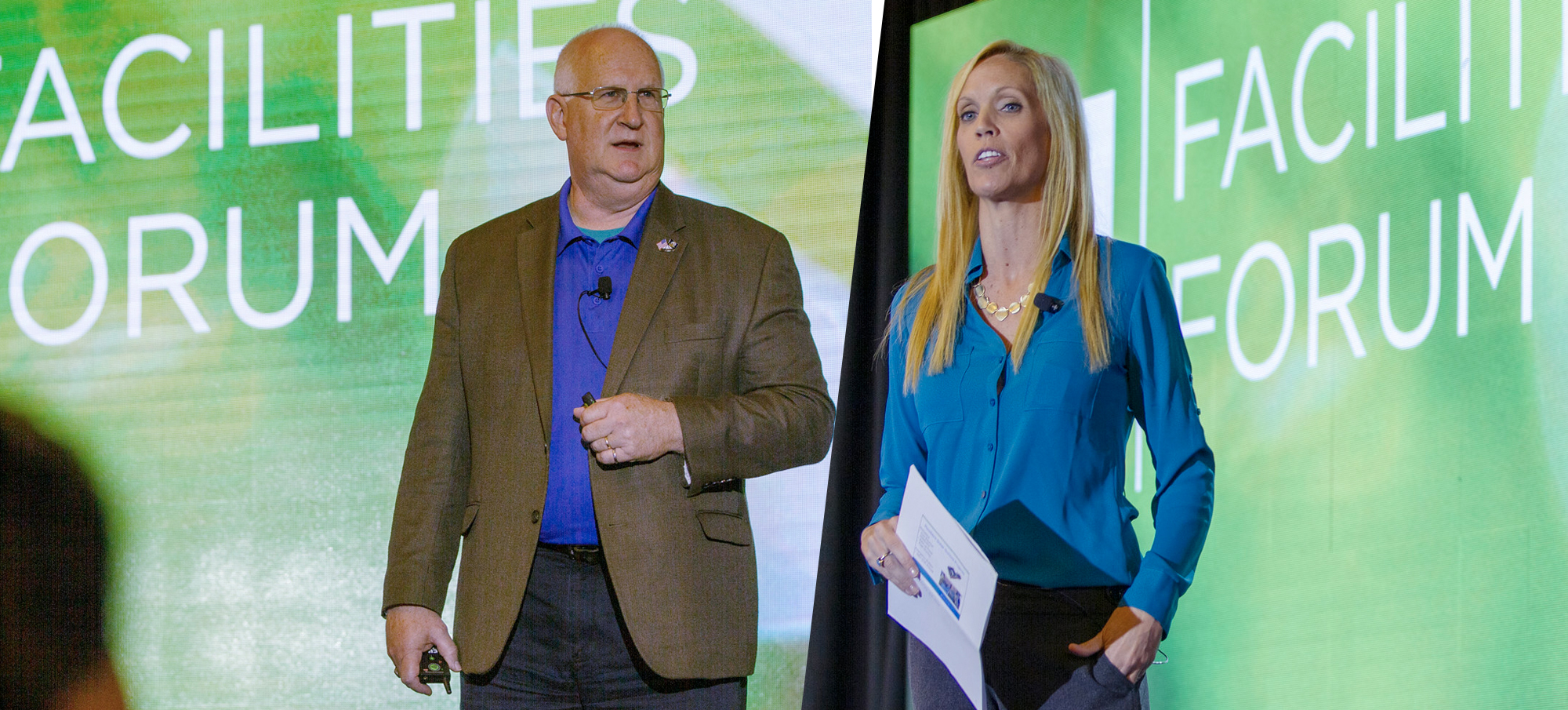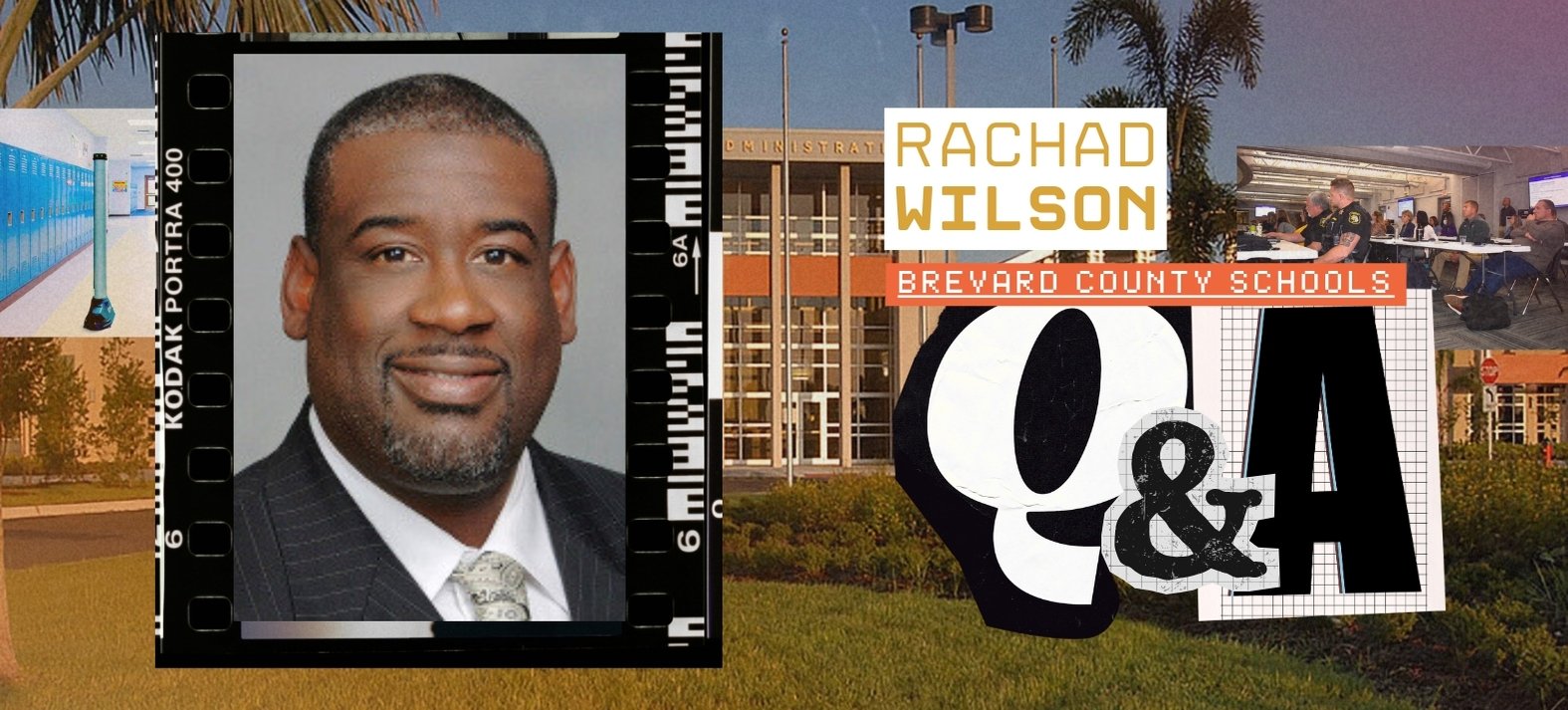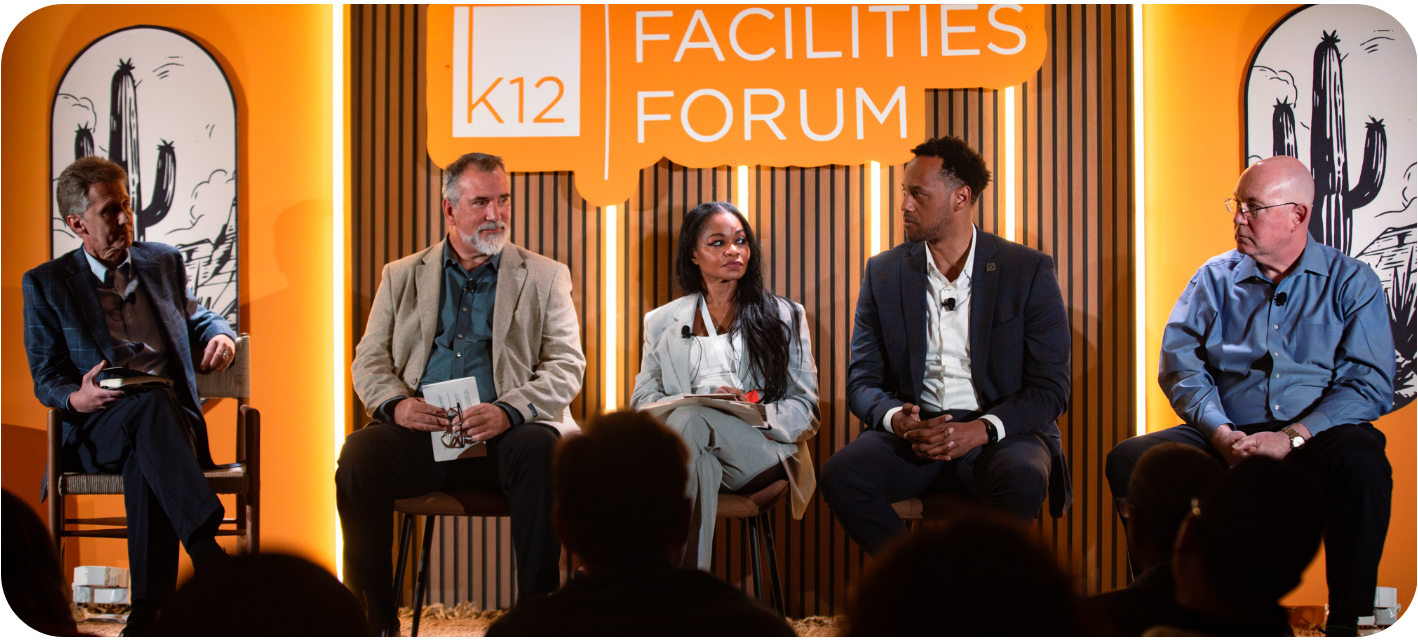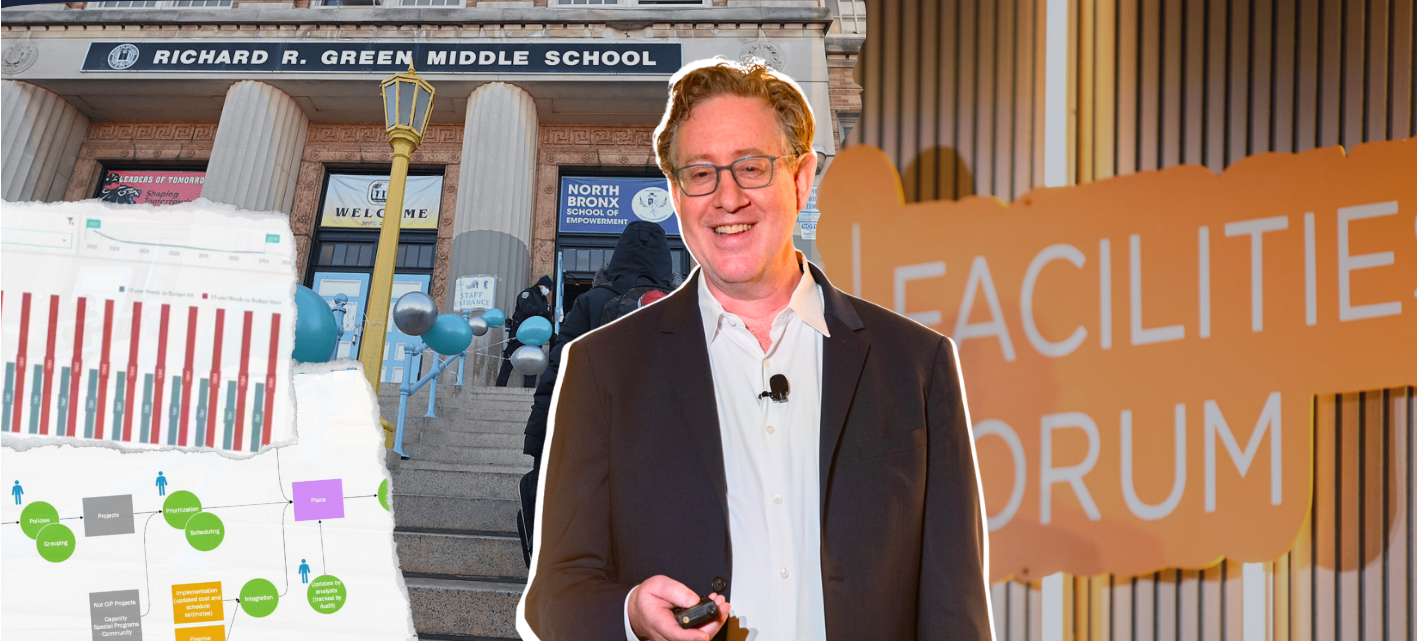Energy efficiency doesn’t just contribute to a greener, more sustainable future: it also has direct cost savings for school districts in the here-and-now.
At the K12 Facilities Forum, Meredith McDermott, Director of Sustainability at the New York City Department of Education, and Tony Cox, Chief Operating Officer at Rock Hill Schools (SC), shared how energy efficiency initiatives are paying off for their respective districts. While they come from opposite ends of the spectrum, with 1.1 million students in NYC and 18,000 students in Rock Hill, both McDermott and Cox agree on one thing: Improved human efforts are a non-negotiable component for reducing energy consumption.
A Massive Undertaking In NYC
With an operating budget of $1.4 billion for FY 2019, the NYC DOE operates on a massive scale. They also provide free breakfast and lunch for all students, making them the second largest food service provider in the nation.
“We account for over a quarter of the city’s energy use, so you can imagine the pressure to make sure we’re operating efficiently and reducing utility costs,” said McDermott. “We have a number of aggressive goals we’re accountable for achieving.”
Some goals are dependent on a shift in the behavior of building users, such as reducing energy consumption from a 2008 baseline by 35% by 2025. The NYC DOE is also aiming to achieve zero waste to landfills by 2030. To accomplish these ambitious goals, schools are stepping up efforts to divert more material through recycling and reuse measures.
Other objectives, such as reducing greenhouse gas emissions from buildings 80% by 2050, involve significant infrastructure and energy conservation measures. McDermott also shares that the NYC DOE is “at the precipice of a major onslaught of solar programs,” with 100+ PV projects under contract and 200+ sites being assessed for future contracts.
Significant Cost Savings
McDermott was proud to share NYC’s Demand Response Program, an electricity grid- and utility-run series of programs which reduce energy usage.
To date, 313 buildings are enrolled. Participating buildings are paid to shed electric load during peak times of demand to reduce the strain on New York City’s electricity grid. This program supports the greater community by helping to avoid the potential of brownouts or blackouts caused by supply disruptions or natural disasters.
“The DOE doesn’t receive all of the money, but we do get a return on the savings we achieve for the city,” McDermott shared. “Last year, we received $2.8 million in revenue, which we used for LED retrofits and other upgrades.”
Incentive programs have been successful in encouraging buy-in from schools. In New York City, custodians at the highest-performing schools receive a plaque and a check of up to $30,000 that goes to their school’s budget for energy efficiency projects.
“It can be tough to get staff to understand that sustainability programs are rooted in facilities and operations, so I would recommend incentive programs to get greater buy-in at your own districts,” she said.
Lessons From A Smaller District
For Rock Hills Schools, which contains 27 buildings, energy efficiency measures are designed and implemented on a smaller scale. However, Cox echoed McDermott on the importance of the building’s users taking initiative, even in small ways. To help create a greater sense of ownership and pride, Cox’s team designates an energy-efficient representative for each part of a building, from the cafeteria to the library.
“We also did some extra training for the lead site custodian and made them the building energy manager,” Cox said. “It’s amazing what that kind of empowerment will do for an employee. In a few cases, I even had to reel them in a little and tell them to go easy on the teachers.”
Specialized, color-coded lists for each area of the building have also helped clarify instructions for staff members when it comes to their daily responsibilities. The phrase “TLC” also serves as an easily-understood reminder for teachers to check on temperatures, lights, and computers.
For every district, regardless of size or location, Cox shared that there are inevitably two groups: the early adopters and the “what’s in it for me?” group. Changing the culture doesn’t happen overnight, but Cox encourages facilities leaders to consider classroom poster contests or other creative approaches to engage students and teachers.
“As your program progresses, you have to be a strategic mover and build alliances with those late adopters. If you’re going to do cash incentives, I recommend starting with the custodians,” Cox said. “Facilities leaders can also advance initiatives by engaging in partnerships with local utilities with the same objectives.”
Join us at the 2019 K12 Facilities Forum in San Diego to learn more about innovations in energy efficiency.

Posted by
Join us at the K12 Facilities Forum!
The community for district and facilities leaders
Nov 8-10, 2026 | San Antonio, TX









-3.png)

Comments